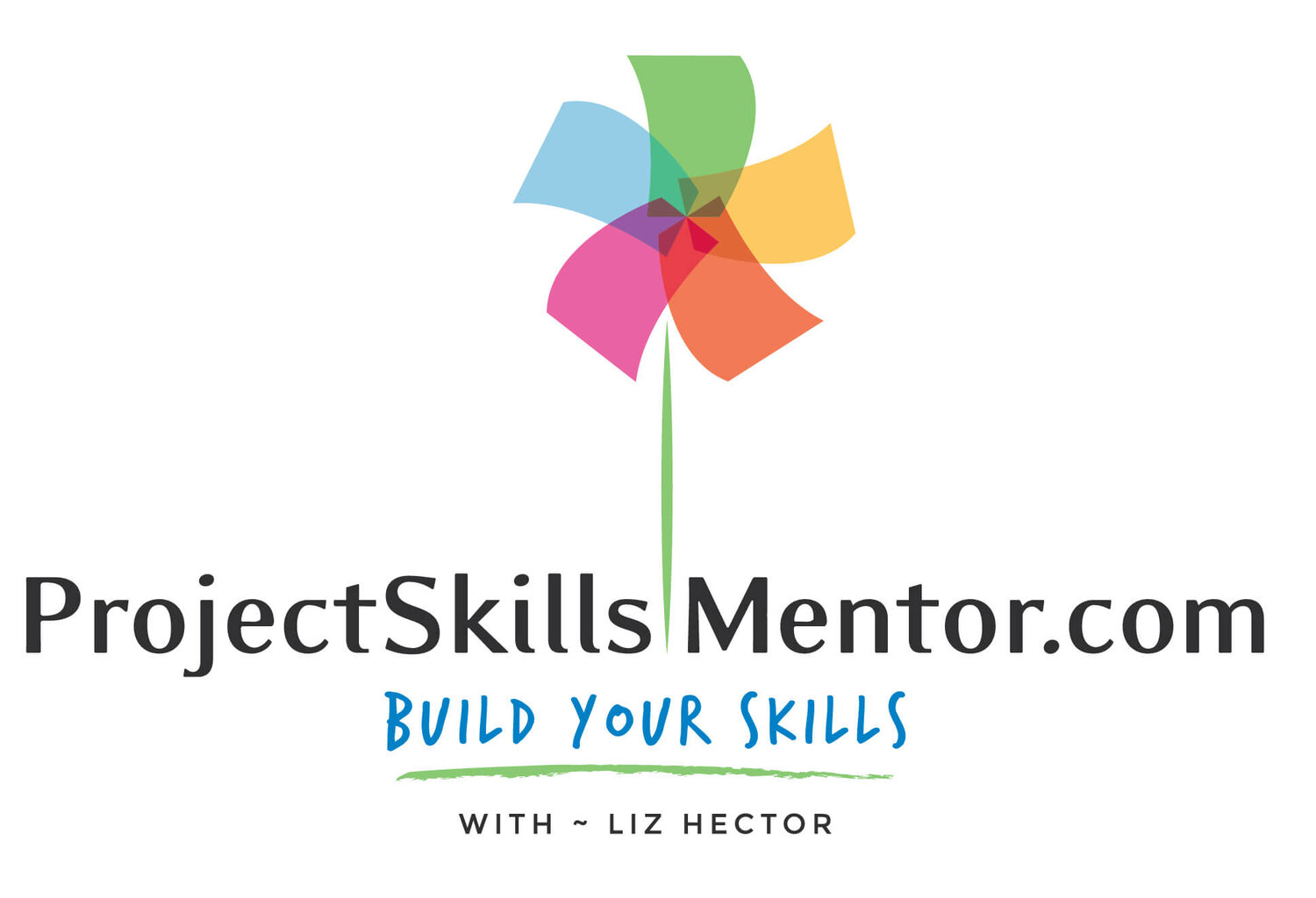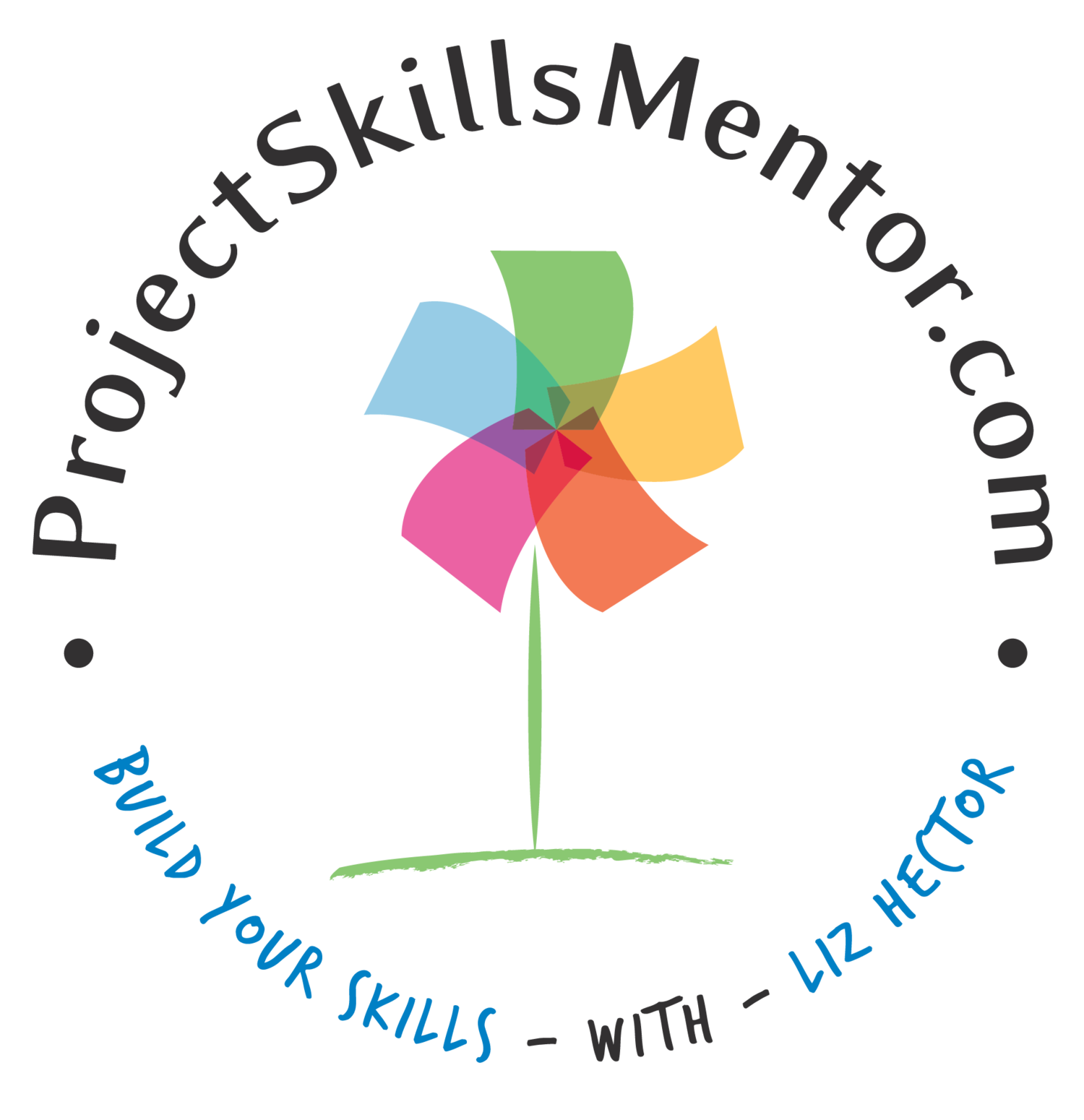Aligning Project Plans with Product Lifecycles for Success
The Product lifecycle refers to the stages of a product, from conception to retirement from the market. Project management executes tasks to deliver a product solution to the business. The alignment of these two tasks is essential for successful business outcomes. Why? Managers who focus on the project without consideration for the product's lifecycle may fail to create value for the business. Managers who learn to work with product stakeholders such as the product team, marketing, and operations will improve project success and eliminate potential roadblocks. Managers who master these key concepts ensure smooth project delivery and product launches.
Let me help you understand how your project and product need to align.
What Managers need to know how to do:
Manage Roles
Facilitate Alignment
Use the Right Methods
Optimize Success
What Do Product and Project Managers Do?
Product and Project Managers share a common ground in their roles. They both manage teams and stakeholders to provide value to their organizations. While their focus may differ, their shared objective is to deliver successful outcomes.
Both Managers need to
Address the needs of stakeholders and give status updates
Communicate the goals of the project and set expectations
Contract and manage sub-teams and suppliers
Manage governance and oversight requirements
Focus on the delivery of their solution
However, within these roles, there are also key differences.
Product Managers
Define the vision, strategy, and roadmap for a product
Focus on delivering value to customers and meeting market needs.
Collaborate with engineering, sales, and marketing stakeholders to prioritize features and align efforts
Measure success using customer satisfaction, adoption rates, and revenue growth metrics
Project Managers
Plan, organize, and execute tasks to achieve specific goals within set timelines and budgets
Focus on how and when deliverables are completed
Manage resources, monitor risks, and ensure projects are delivered on time and within scope
Measure success using cost, quality, and timeline metrics
In some situations, these two roles are combined. Or share a mix of roles and responsibilities.
Why Product and Project Management Alignment Matters
Alignment between project pipelines and product lifecycles ensures:
Efficient Use of Resources: Teams work on prioritized tasks directly contributing to product success
Market Relevance: Projects align with real-time customer needs and market demands
Clear Communication: Cross-functional teams understand shared goals and stay aligned on timelines
Organizations risk wasted resources, delayed launches, and missed market opportunities without alignment. However, you can avoid these risks by aligning project pipelines with product lifecycles.
Project Managers can learn to focus on the bigger picture of how their projects reach the marketplace. This achievement will boost your confidence and inspire you to continue building your leadership, business, and stakeholder management skills.
Tips for Beginners
If this is your first 'rodeo,' here are some tips to help you get started. Be curious, be willing to learn beyond the project scope, and connect with the product team. If you want to go further, you can also:
Start Small: Focus on aligning one project with a product milestone to build confidence in your methods
Ask Questions: Don't hesitate to seek clarification from stakeholders or team members
Learn Continuously: Read about industry best practices and stay updated on tools to improve your workflow
Know your Marketplace: Read your company's annual report to learn its strategies and priorities
Know your Product: Ask the product manager for insights about the product goals
Key Steps Facilitate the Alignment Process
Define Clear Objectives:
Start by mapping the product roadmap to the project plan
Ensure every project task ties back to a larger product milestone
Engage Stakeholders Early:
Involve product, marketing, and sales teams from the start
Gather input on priorities from all stakeholders
Set Realistic Timelines:
Coordinate project schedules with product launch dates
Use tools like Gantt charts or Kanban boards for visual clarity
Streamline Communication:
Schedule regular check-ins to review progress and address roadblocks
Use collaborative tools like Slack, Jira, or Asana to keep everyone informed
Adapt to Feedback:
Use customer insights and market trends to adjust project priorities
Incorporate iterative cycles to refine deliverables
Tips for a Smooth Product Launch
Collaborate with Marketing Teams:
Finalize pricing strategies, promotional plans, and content creation
Align marketing deliverables with product launch timelines
Test Thoroughly:
Conduct usability and performance testing to ensure quality
Address all critical issues before launch to avoid disruptions
Train Internal Teams:
Prepare sales, support, and customer success teams with training materials
Provide clear documentation and FAQs to ensure they can support customers effectively
How to align product and project methods
Aligning project and product discovery pipelines can be complex. It requires understanding how the two processes interact. Here are practical areas of alignment to focus on.
This example uses a technology product and an agile delivery method.
Scope and Goals:
Align project scope with the product's discovery goals, ensuring both focus on delivering customer value
Example: A technical project might prioritize developing the MVP (Minimum Viable Product)
Timelines and Milestones:
Synchronize project timelines with product development phases to ensure deliverables are ready when needed
Example: Match a project's testing phase with the product pipeline's validation and optimization stages
Change Management:
Establish a process to manage changes in both pipelines effectively
Example: If a product feature requires a pivot, update project tasks and communicate changes promptly
Handover and Documentation:
Ensure proper handover of deliverables, such as technical documentation or marketing assets, to the product team
Example: When a project ends, provide finalized code and detailed documentation for the product's go-to-market phase
This example uses a New Product Development example and a waterfall (PMBOK-based) delivery method.
Key Issues to Look For
Differing Priorities:
Product teams may prioritize features for market impact, while project teams focus on timeline constraints
Resolution: Hold regular alignment meetings to agree on priorities
Delays in Tasks:
Delays in project tasks can disrupt product pipeline milestones
Resolution: Monitor progress closely using collaborative tools like Jira or Asana and address roadblocks early
Change to Requirements:
Product updates can lead to mid-project scope changes
Resolution: Implement a robust change control process to minimize disruption
Sign-off Process Conflicts:
Misaligned expectations can cause delays during approvals
Resolution: Establish clear criteria for deliverable sign-off from all stakeholders
Areas of Alignment
Scope and Goals Alignment:
Ensure that project tasks align with product discovery goals, creating a seamless flow of deliverables
Example: Aligning project milestones with a new feature's prototyping phase
Communication and Collaboration:
Use regular check-ins and shared tools to foster collaboration between teams
Example: Weekly sync meetings between the project and product teams
Efficient Handover:
Finalize and share all deliverables, including documentation, at the project's conclusion
Example: Handover of user testing results and data insights to the product team
This table details the issues you may need to consider when designing your alignment model. Managers should create a model that mirrors their project and product pipelines. Use these examples to help you get started.
Tips for Smooth Alignment
Use Visual Tools: Diagrams, like the one above, can help teams understand how project and product timelines intersect
Regular Reviews: Schedule frequent progress reviews to ensure alignment and resolve conflicts early
Engage Stakeholders: Involve all relevant teams, including marketing, engineering, and sales, in the planning phase to ensure alignment
Ensure your efforts deliver maximum impact by aligning project pipelines with product lifecycles. Product and Project integration fosters collaboration, improves efficiency, and aligns your projects with market needs. These strategies will help you confidently navigate your project. And the alignment process. If you are new to project management, learn more about what project managers do.
Watch these videos for more on Agile, Waterfall, and Tools for Project and Product Management.








